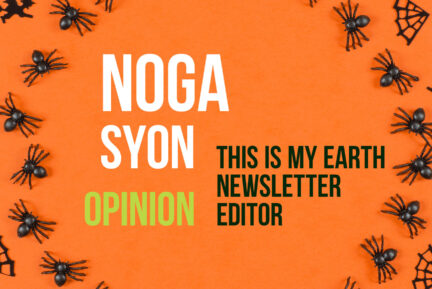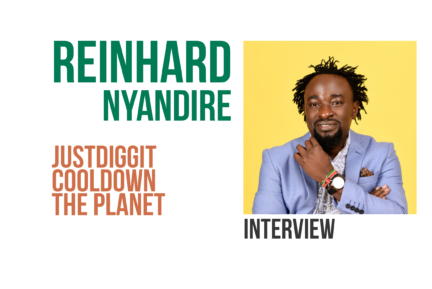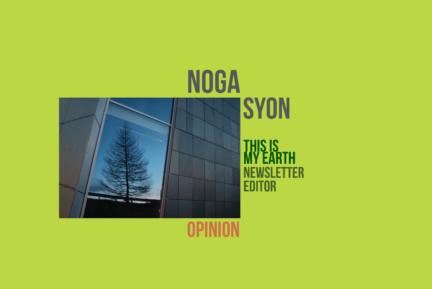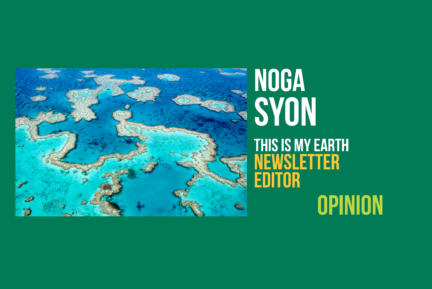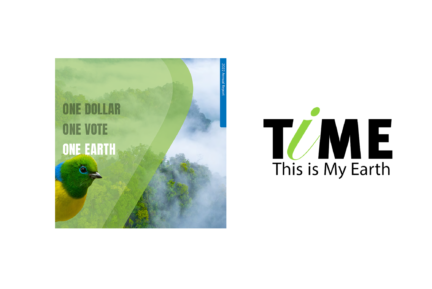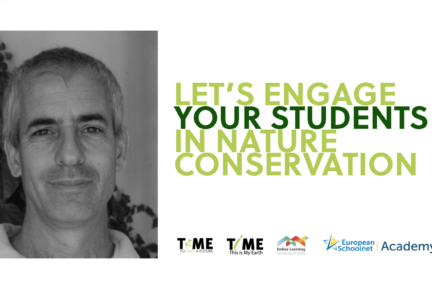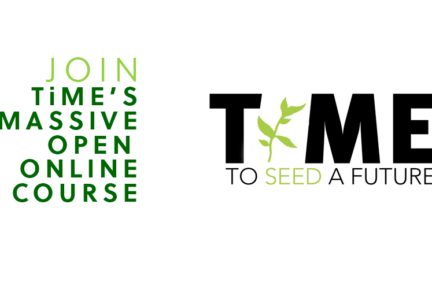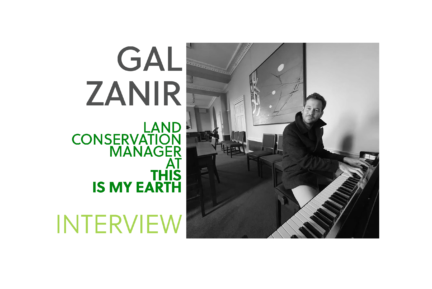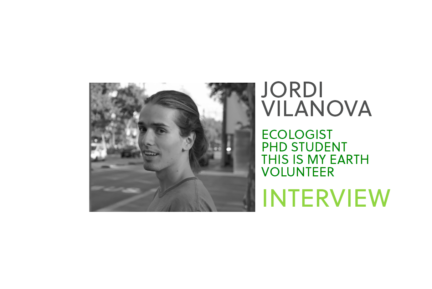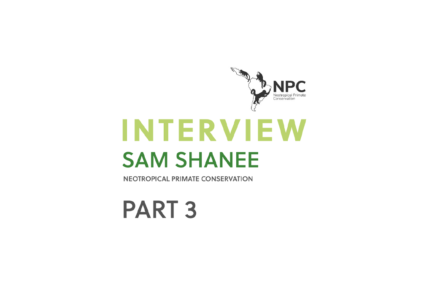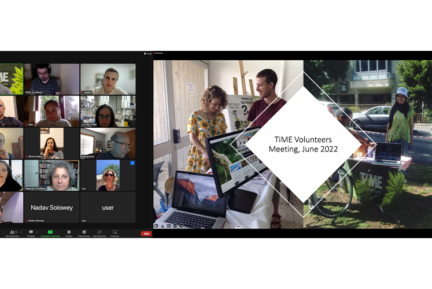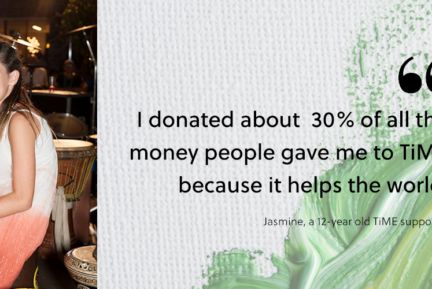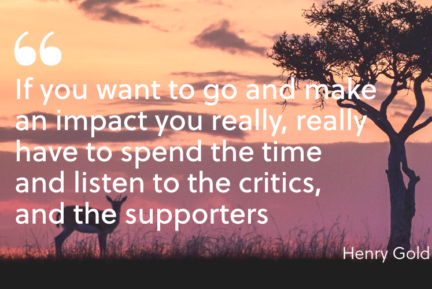We had the privilege to interview Dr. Bindu Raghavan, Principal Scientist, and Faculty at the Centre for Wildlife Studies in India. With her, we talked about nature conservation in India and the mission of This is My Earth as a game changer in biodiversity.

How would you introduce yourself?
I am Bindu Raghavan, a veterinarian, wildlife biologist, and disease ecologist, and I am passionate about nature conservation. I’ve grown up interested in how wildlife diseases affect wildlife populations and how the interaction between domestic animals, humans, and wildlife impacts the spread of infectious diseases.
What sort of interactions do you analyze?
There are many types of interactions between wildlife and humans. There are positive and negative interactions, which all impact the wildlife population. I like to understand how these processes work
What are the main risks of negative interactions?
We all know that the human population is growing, and we are consuming a lot. Every day we consume more and more resources per person to live what we feel is a good life.
That leads to the destruction of biodiversity and degradation of our natural resources, and the way we develop is putting at risk the habitats where wildlife, animals, wild fauna, and flora live.
Natural environments sustain all the species on Earth, and there is no doubt we are creating dangerous imbalances. That is ironic because the loss of biodiversity is also putting our health at risk. We need to do something different; how we expand, and our relationship with natural areas could be better.
Can you recall a moment of revelation in which you realized the environment needed to be protected?
I cannot recall an exact moment. Wild animals have always fascinated me. I always knew I would work with wild animals. I wanted to touch, observe, and feel them; that was my initial interest.
That led me to become a veterinarian. I did a master’s in wildlife biology, which raised my interest even more. When you work with animals, you realize the problems surrounding them. We, humans, are everywhere, and we are influencing everything animals do.
As I started working in my career, I understood that their survival was linked to social issues, economics, politics, and all sorts of human-made problems. Also, I understood how interconnected all living things are to nature, including us. It has been more like a journey, and I am still learning. I am also a mother, so I love conserving nature for my son and his generation. Also, nature conservation in India is gaining momentum.
In your work as a nature conservation advocate in India, is there an animal that you love above others?
I have a soft spot for mountain ungulates because I’ve worked with them. I also love whales! And all animals, even the “ugly ones.” [laughing] Once you work with wildlife, you realize all life is precious. I try to do that with my nature conservation approach in India.
What can you tell us about the small project with the Wildlife Trust of India with which you started your career in 2000?
I was volunteering for them. Back then, it was a very young project; now, it is a very international organization, but we were working at a local scale. I was fresh out of veterinary school by then, and one of my seniors was working with them and asked me whether I would join a project to translocate blackbuck and axis deer from a park in the heart of New Delhi to outside of the city.
I wanted to participate in the project and learn how to translocate and move them and understand their behavior during the process. Diseases interested me a lot.
Finally, I was also very interested in the adaptation processes of the animals. Just because we want animals to move from one place to another, they will still need to adapt and be able to survive. This project gave me a lot of experience.
In 2004, you joined the Bombay Natural History Society (BNHS) and investigated the effect of the veterinary drug diclofenac as a cause of vulture mortalities across India and Southeast Asia; what are the main risks of these drugs?
Diclofenac belongs to a group of non-steroidal anti-inflammatory drugs, and they are used against any pain or inflammation, both in humans and animals. These medicines were introduced because they were not producing any side effects, their consumption was safe, and you could see results quickly.
Veterinarians and doctors use them often. The problem comes with overuse. In India, it seems very clear that we have been overprescribing these drugs.
When we are sick, our immune systems often react with inflammation; these drugs suppress the natural inflammatory reaction. It is the same with animals; veterinarians in remote areas use these drugs often. They are mainly used at the last stages of an animal’s life as a last attempt to treat it. When an animal injected with these drugs dies, it will be eaten by vultures.
Their bodies will still have traces of diclofenac accumulating in the vultures’ kidneys, causing gout. In the last 20 years, vultures have been dying in the thousands: up to 95% of the population has been killed across Asia and Africa because of these drugs.
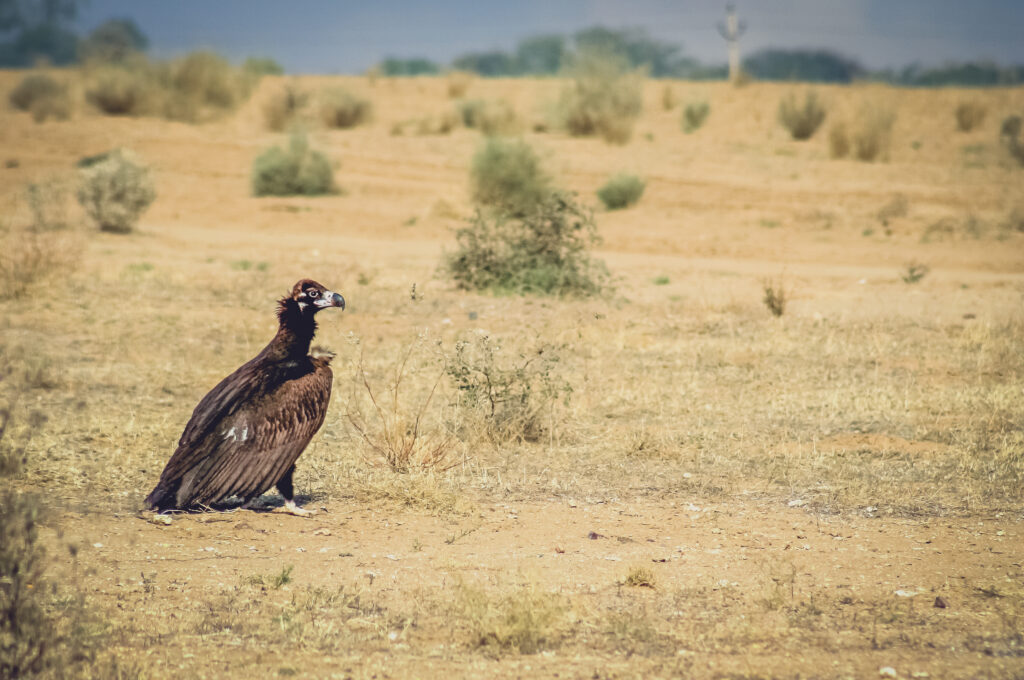
Are vultures fragile animals?
Not at all; vultures consume many bacteria, and their immune system can cope with many infections. They eat animals that died of diseases and still survive! The significant part is that their digestive system can bear all these pathogens. Most of them go through their bodies and are expelled as non-pathogenic organisms. Vultures are cleaning our ecosystems. And our ecosystems have favored vultures because they are crucial in sustaining a healthy life.
Are there other animals affected by these human-made drugs?
Other scavengers feed on dead animals. In India, we have scavengers like wild pigs or hyenas… but we still haven’t studied them in depth, so we do not yet understand how diclofenac in carcasses affects them. It is worth studying this.
How do you see the pharmaceutical sector concerning nature conservation?
However, regarding pharmaceutical procedures and ethics, it depends on the company. Pharmaceutical companies look for profit, but it is fair to say that many promote drugs that are not harmful to wildlife. The biggest ones have stricter compliance policies than the smaller ones. In terms of testing drugs on animals, it is a highly complex subject.
As a vet, I must say I don’t like that. My commitment is to the animals and their well-being. But having said that, it would be hypocritical of me to deny that many of the drugs that save thousands of human lives nowadays and are valuable and safe were developed by testing them with animals first. Sometimes, there is no alternative but to conduct animal testing for drugs, especially many life-saving drugs.
Thousands of people with cancer and other illnesses are being saved thanks to studies conducted with animals. If one of my beloved ones had cancer and could be cured by drugs tested on an animal, I would not think twice.
A balance should be found. If you sacrifice an animal and are not saving anyone or [only] a limited number, it’s not worth testing. These types of analyses are not easy to do. Luckily enough, we are developing new tools and assessment mechanisms to have more certainty. Things will change in the future. Especially in India, nature conservation is moving forward at a fast speed.

In what sense?
Labs are developing models of cost-benefit analysis as new drug systems are appearing.
You hold a Ph.D. in infectious diseases; what are the main challenges we face regarding climate change and the spread of these diseases?
Let me give an example. I like to think of biodiversity as Pandora’s box. It is a box with many things, with many beautiful species and natural areas, but with many dangerous things. If the surroundings of this box are taken care of and the ecosystems are healthy, the box will remain unopened.
But if, at some point, the balance is broken, and the natural regulatory mechanisms are too stressed, then the box’s integrity is lost, and it opens, spreading harmful contents. When we destroy ecosystems, we favor the spread and emergence of these dangerous elements.
Anywhere in the world right now, you can see that where ecosystems have been damaged, the creatures that live within them are seeking to readapt as fast as they can, moving to other places. In the case of viruses or bacteria, they are spreading to new hosts, infecting new bodies.
Climate change is affecting both the hosts and the pathogens. For example, high-altitude animals, such as reindeer in arctic regions, were not used to dealing with flies or certain types of insects. But as the climate is warming, insects and pathogens have infested reindeer and Arctic animals.
In other regions, we see these terrible images of animals surrounded by thousands of flies and mosquitos, and they cannot walk or eat. And in the end, they die. That’s the effect we are inducing with our human-made climate change.
What can you tell us about your work at the Centre of Wildlife Studies?
We are a center of scientific excellence that protects and studies wildlife in India by combining wildlife conservation and science.
My team and I use scientific methods to understand how our natural ecosystems function. We also analyze how wildlife species survive and how their interaction with humans occurs, especially in human-dominated landscapes. We have three major programs. One is human-wildlife interactions, the other looks at diseases and community health, and the third is the illegal trade and hunting of wildlife species.
We also have a 34-year history of working on the tiger. Our founder is one of India’s foremost tiger biologists and wildlife scientists. We also have three fantastic conservation programs.
The first one looks at the conflict between humans and wildlife. We have many areas where the wildlife and human relationship could be more problematic in India. We often see tigers or elephants killing people because humans destroy their habitats. Doing nature conservation in India is hard. That leads to much hate from some of our citizens against these animals.
The challenge is to educate them in conservation.
How so?
The Indian government is compensating people who have suffered from these wildlife encounters. It takes time to get the funding, and we believe, just as you do at This is My Earth, that we can help people understand better through education.
We also bring wildlife to kids with our second conservation program, which has been very successful. Some kids have never seen wildlife, and we are bringing wildlife to them through our educational programs. Finally, our third program is a public-health outreach program.
We train nurses and local community workers to advocate for public health and safety and how to protect themselves from wildlife.
Do you see Indian public opinion reacting positively towards nature conservation?
I think India is one of the best countries in the world regarding awareness of nature conservation. People who come to India usually cannot understand how our society thrives with nature so close to us.
I lived in Colombia for a while. As you know, because you are trying to save it too, it is one of the most biodiverse countries in the world. And people live close to nature, but not as much as we do in India, especially considering so many dangerous animals surround us.
It has to be due to our history and our different religions. Wildlife plays a key role. But it is hard to convince someone to save tigers when their baby has been eaten by one.
Why is nature conservation in India important in our race against global warming?
Because global warming is happening, nature is becoming weaker and more polluted. The only things that can mitigate the effects of global warming are healthy forests, thriving jungles, and the biodiverse ecosystems sustaining them. That is why what This is My Earth is doing is so important. You are protecting areas that will absorb tons of CO2 and greenhouse-gas emissions, and you are doing so by handing over these hotspots to the people to whom they belong. That is one of the most significant contributions you can make to nature conservation.
What do you think of our work at This is My Earth?
It is motivating and inspiring, and a lot of people are donating! I congratulate you and wish you all the best. I will spread the word among my community in India. Nature conservation in India needs TiME.

